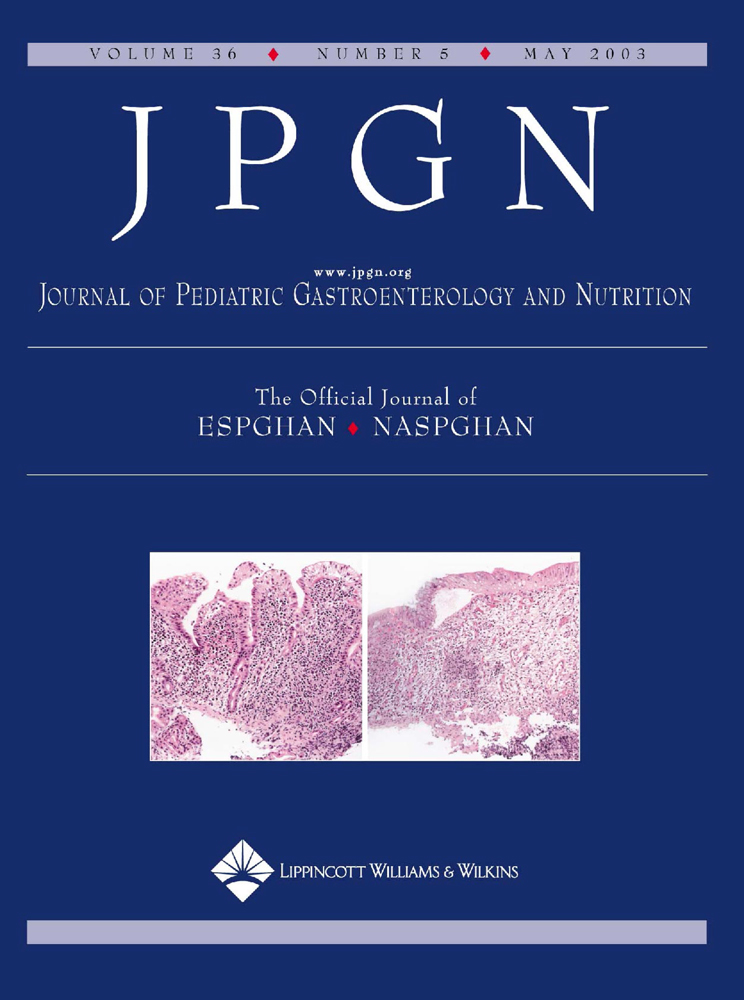Intrahepatic Biliary Cysts in Biliary Atresia in the Era of Liver Transplantation
ABSTRACT
Objectives
The development of intrahepatic biliary cysts (IBC) after Kasai operation in patients with biliary atresia (BA) is recognized as an important problem; however, management strategy for IBC has not been clarified, particularly in the light of the increased use of liver transplantation.
Methods
Forty consecutive BA patients underwent hepatic portoenterostomy during 18 years from 1983 to 2000. We compared the clinical course and prognosis of the patients who developed IBC with those who did not.
Results
Seven of the 40 patients developed IBC. Three patients had type A (non-communicating cyst) and three patients had type C (multiple cystic dilation) IBC, and the remaining patients had type B (communicating cyst). Of the 7 patients, one patient underwent successful internal intestinal drainage, and one patient died of complications at the time of internal intestinal drainage. Three patients underwent liver transplantation due to either hepato-pulmonary syndrome (one case) or liver failure (two cases). One patient with IBC with liver failure was judged to require transplant, but was found to have pulmonary hypertension and was thus not a candidate. The remaining patient has survived without jaundice for 21 months postoperatively. Two of 21 patients with good initial bile drainage and without IBC underwent liver transplantation. The percentage of patients undergoing transplant was significantly higher in the group with IBC than in the group without IBC (P < 0.05).
Conclusions
IBC was associated with worsening liver function. Previously, IBC was treated using internal/external drainage, or the patients were observed without treatment, with limited success. We now consider it reasonable to carry out liver transplantation in patients with long-standing IBC.




